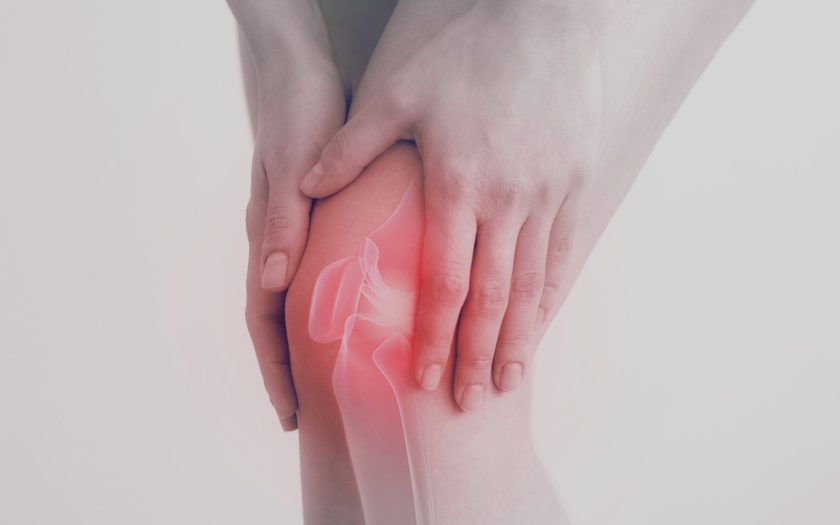-
Aqua aerobics.
When a person does water aerobics, all major muscle groups are activated, which helps to strengthen them. In addition, the water also allows for more flexible and wider movements, which facilitates stretching and improves mobility. Rhythmic and moderate underwater exercises do not cause fatigue and allow the body to work at a comfortable pace. Aqua aerobics helps alleviate pain, improve overall condition, and even speed up recovery after an osteoarthritis flare-up. In combination with other treatment methods (such as medication therapy that includes the use of Reactin-100 SR, Arcoxia, Inmecin), aqua aerobics can be an important component of a therapy for osteoarthritis, helping to maintain joint functionality and support an active lifestyle.
-
Dancing (e.g., bachata or ballroom).
Dancing, such as bachata or ballroom dancing, can be very beneficial for people with osteoarthritis, as it combines smooth movements that help burn calories and, consequently, contribute to weight loss, which is beneficial for people with this disease. An hour of active dancing can consume 400 to 500 calories. Also, when a person regularly attends dances, it helps to improve joint flexibility, thanks for smooth and elastic movements. Dancing also improves a mood and reduces stress, which is important for people living with chronic pain. It is important to note that dancing should be adapted to the physical capabilities of the person with the disease. To begin, it is recommended to work with a trainer to avoid overloading the joints and to choose appropriate tempos and movements.
-
Fly yoga.
Fly yoga helps to stretch the muscles, which helps to reduce their tension and stiffness, which often accompanies this disease. The hammock provides additional support, which reduces the risk of overloading the joints and allows even complex poses to be performed without causing pain. Additionally, the use of the hammock allows for certain poses that would be difficult to perform without support, such as inversions or hanging in the air, which helps relax the spine and does not cause discomfort. This type of yoga simultaneously relieves stress and improves mood, which is important when a person is undergoing treatment. However, it is important to practice fly yoga under the supervision of an experienced instructor to avoid injury and to select exercises that are appropriate for the specific condition of the joints.
-
Tai Chi gymnastics.
One of the main advantages of practicing Tai Chi is that its movements have a low impact on the joints, making it ideal for people with joint conditions. Tai Chi does not involve sharp movements or intense joint strain, allowing exercises to be performed even in the presence of pain and limited mobility. Such exercises are recommended being started under the supervision of an experienced instructor to avoid injury and properly master the technique. Overall, these exercises are an excellent complement to osteoarthritis treatment, as they help reduce the manifestation of unpleasant symptoms.

